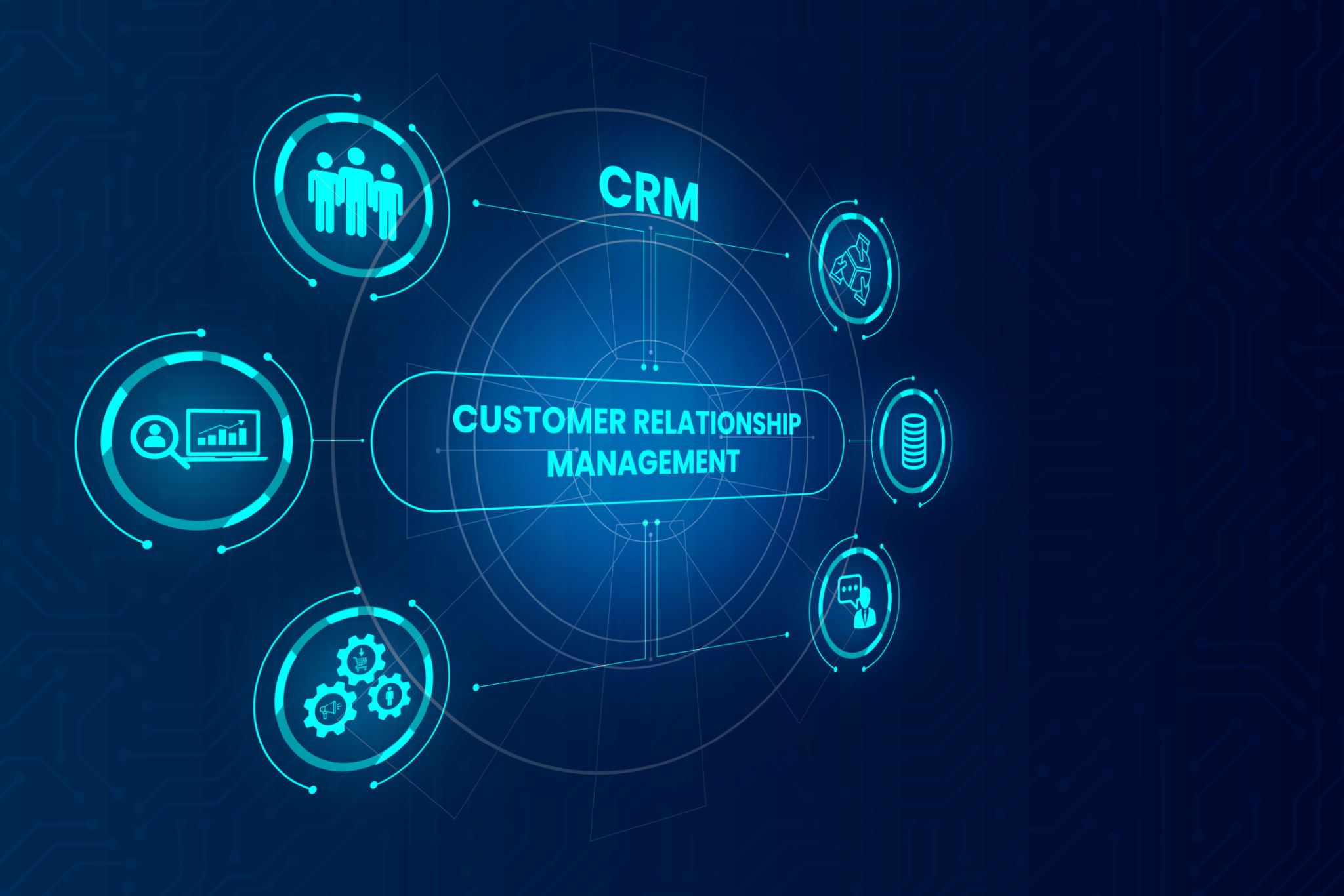The Future of Business Communication: Trends in Automation and CRM Systems
Embracing the Future: Automation in Business Communication
The landscape of business communication is rapidly evolving, driven by the integration of automation and customer relationship management (CRM) systems. As companies strive to enhance efficiency and improve customer experiences, these technologies are becoming indispensable. In the coming years, businesses that embrace these advancements will likely find themselves ahead of the competition.
Automation is transforming the way companies interact with their clients. By streamlining routine tasks, businesses can focus more on strategic initiatives and personalized customer interactions. Automation tools, such as chatbots and automated email responders, are increasingly employed to handle initial customer inquiries, ensuring consistent and timely responses.

Enhancing Customer Relationships with CRM Systems
CRM systems have evolved from simple contact management tools to comprehensive platforms that offer deep insights into customer behavior. These systems allow businesses to track customer interactions across multiple channels, providing a 360-degree view of each client. This wealth of information empowers companies to tailor their marketing efforts and improve customer satisfaction.
Modern CRM systems are equipped with advanced analytics capabilities. By analyzing data from various touchpoints, businesses can identify trends and make informed decisions. This data-driven approach helps companies anticipate customer needs and deliver personalized experiences, fostering stronger relationships and increasing loyalty.

Trends Shaping the Future of Business Communication
Several key trends are shaping the future of business communication. One significant trend is the integration of artificial intelligence (AI) into CRM systems. AI can analyze vast amounts of data quickly, providing actionable insights that drive strategic initiatives. By leveraging AI, businesses can enhance their decision-making processes and optimize customer interactions.
Another emerging trend is the use of omnichannel communication strategies. Customers today expect seamless interactions across various platforms, whether it be social media, email, or phone. Businesses that implement omnichannel strategies ensure consistent messaging and improved customer experiences, leading to higher engagement rates.

The Role of Personalization in Customer Engagement
Personalization is becoming a cornerstone of effective business communication. Customers are more likely to engage with brands that understand their preferences and offer tailored solutions. Automation and CRM systems play a crucial role in delivering personalized communications at scale.
By analyzing customer data, businesses can segment their audiences and create targeted marketing campaigns. Personalization extends beyond marketing; it can also enhance support services by providing agents with relevant customer information to resolve issues swiftly. This level of personalization fosters trust and strengthens brand loyalty.
Preparing for the Future: Best Practices
To fully leverage the benefits of automation and CRM systems, businesses must adopt best practices that align with their specific needs. Here are some strategies to consider:
- Continuously update and maintain your CRM database to ensure data accuracy.
- Invest in training for employees to maximize the potential of new technologies.
- Focus on creating a seamless integration between various communication platforms.
By implementing these practices, businesses can optimize their communication strategies and stay competitive in an ever-evolving market.

Conclusion: Navigating the Path Forward
The future of business communication lies in automation and sophisticated CRM systems. As these technologies continue to advance, companies must remain agile and open to innovation. By embracing these tools, businesses can enhance operational efficiency, elevate customer experiences, and ultimately drive growth.
The journey towards a more automated future is not without challenges. However, those willing to adapt and invest in modern solutions will likely find themselves at the forefront of their industries, ready to meet the demands of an increasingly digital world.
